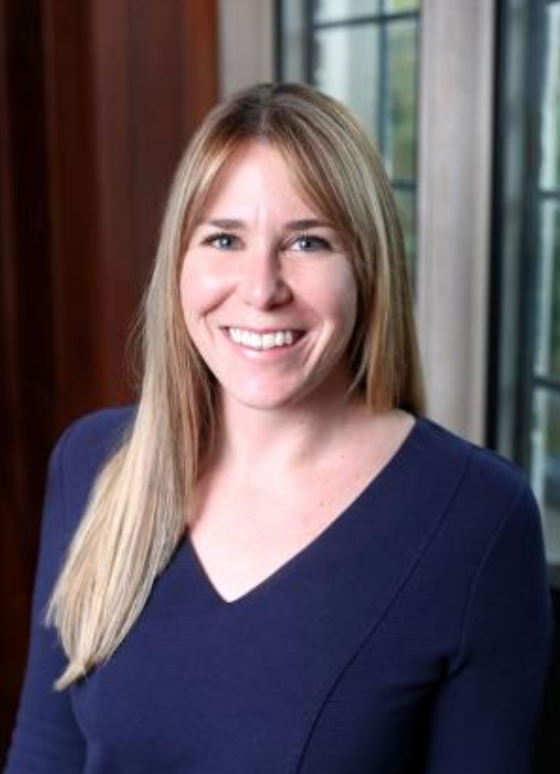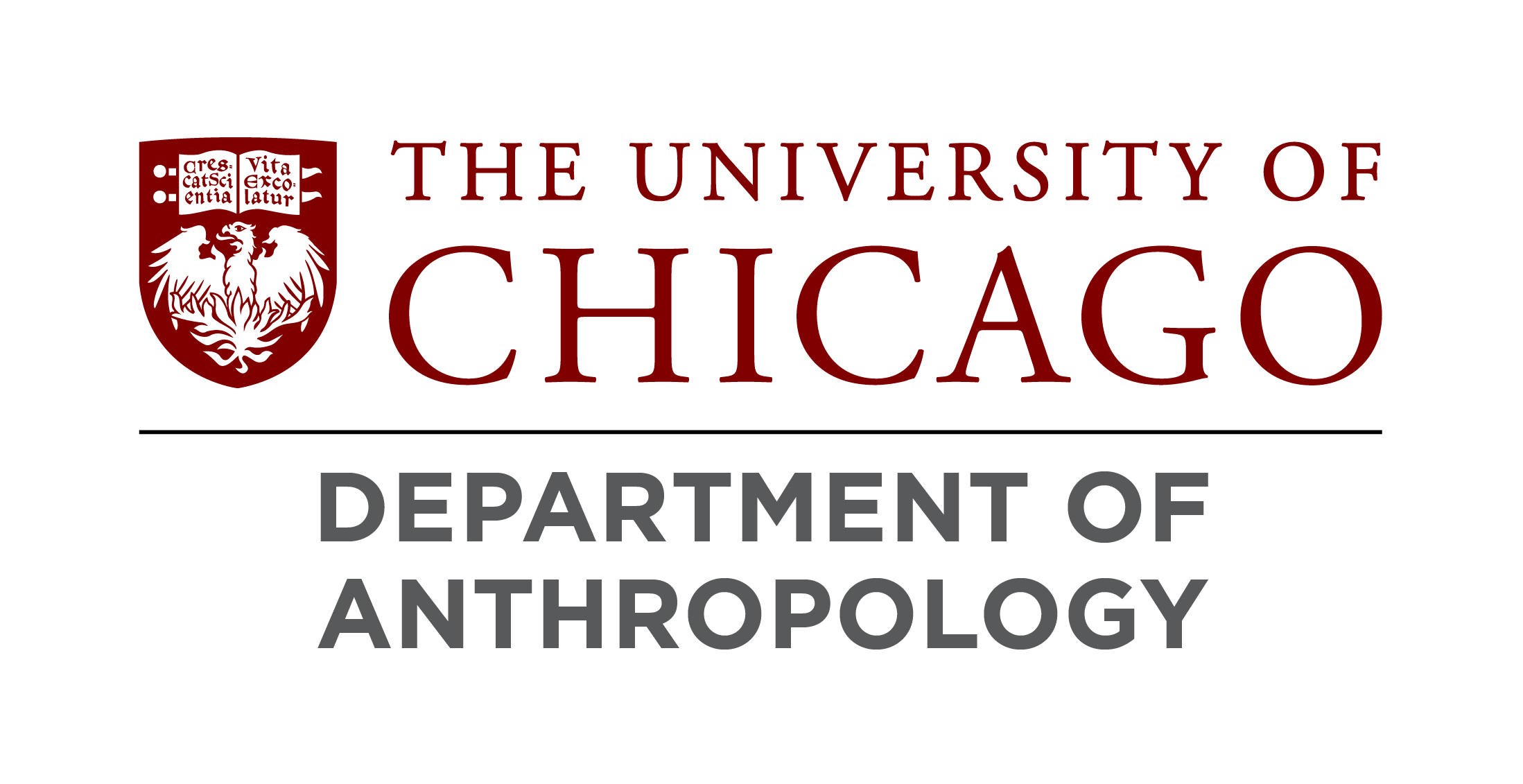
Sarah Newman is an anthropological archaeologist. Her research combines archaeological, historical, and art historical methods and evidence to explore anthropological and environmental issues, including histories of waste and reuse, long-term landscape transformations, and human-animal relationships. Newman primarily conducts research in Latin America, with a particular focus on Mesoamerica and the ancient Maya, but she is also involved in comparative projects to study landscapes, infrastructure, and environment in other parts of the world.
Her first monograph, Unmaking Waste: New Histories of Old Things (University of Chicago Press, 2023) explores how ideas about what waste is and what should be done to it are informed by specific historical and cultural contexts. The book takes a long-term, cross-cultural perspective, drawing on evidence from archaeological finds, historic documents, and ethnographic observations to trace how specific understandings of trash took shape over time in Europe and the Americas. A comparative approach to those changing perspectives and practices undermines the idea that “waste” is a self-evident or universal concept. Different understandings of waste have shaped practices of reuse in ancient Mesoamerica, early modern ideas of civility and morality in New Spain, and even the modern discipline of archaeology. The book expands and enriches the history of the concept of waste and its consequences by questioning standard historical trajectories centered on Europe and the United States and reevaluating assumptions of progress from the past to the present. It explores what happens when there is disagreement about what waste is, both synchronically (in emerging colonial systems of waste management) and diachronically (between people who left things behind in the past and archaeologists who recover and study them in the present). This book is not only a broad reconsideration of waste; it is also a call for new forms of archaeology that do not take garbage for granted.
Newman's current book project, tentatively titled Animal Archaeology: Traces of Non-Human Histories, adapts questions and approaches archaeologists have used to study remote human histories and extends them to illuminate deep animal histories. Animal Archaeology takes the criteria and concepts by which archaeologists define and recognize the earliest artifacts, the lingering traces of landscape modifications, or the first moments of historical awareness among humans and applies them to non-human animal species. The book’s chapters examine the notions of style, architecture, and historical consciousness among non-human animal species, drawing direct comparisons between the material traces of animal lives and the physical remains, archaeological methods, and anthropological theories that have enabled archaeologists to investigate human histories beyond memory and text. The aims of Animal Archaeology are to question the limits of history and archaeology, rethink those disciplines’ epistemological foundations and methodological tools, and expand the kinds of knowledge scholars can produce about the past.
Newman also co-directs the Invisible Landscapes research project, with Felipe Rojas of Brown University and Eduardo Góes Neves of the University of São Paulo. This multi-year endeavor brings together archaeologists, anthropologists, architects, artists, and remote-sensing specialists to collaboratively analyze multi-scalar and multi-temporal anthropogenic landscapes across the globe. This work seizes on a critical moment in archaeology: recent technological, methodological, and theoretical advances are shedding light on ancient forms of human-landscape interaction that have long been overlooked, while also revealing the limitations of the discipline itself (as it has traditionally been defined and practiced) to adequately grapple with these new objects of study.
The Invisible Landscapes project intersects with Newman’s archaeological fieldwork in Jordan, where she and Rojas have investigated the complex, partly anthropogenic assemblages that controlled flows of water and sediments north of the ancient city of Petra. Nearly ubiquitous dams and cisterns, channels and pipelines, and backup wells served both water storage and flood control purposes, often accompanied by simple rock-cut shrines found alongside water sources and agricultural installations. Deliberate interventions seem to be everywhere, extending as fractal iterations over the entire landscape, and everywhen, cross-cutting standard temporalities, as many “Nabataean” or “Roman” features were maintained well into later periods—some are still used today. It is also futile to try to distinguish strictly agricultural from hydrological functions or purely functional artifacts from religious or symbolic ones.
Finally, a longstanding area of Newman's research asks how people in the past (primarily the ancient Maya) generated and organized zoological, and more generally, natural historical knowledge. To do so, she draws from ancient imagery and archaeological remains, in combination with epigraphic, ethnohistoric, and ethnographic data. This work also questions how scholars in the present attempt to translate and compare distinct systems of knowledge.
Newman is affiliated faculty with the Committee on Environment, Geography, and Urbanization, the Institute for the Formation of Knowledge, and the Center for Latin American Studies.
Recent Research / Recent Publications
2023
Umm Huwaiwitat: A Neolithic Site near Petra, Jordan. Fourth author with Daniel Plekhov et al. Antiquity: 1-19.
2022
The Fox and the Armadillo: An Inquiry into Classic Maya “Animal” Categories. First author with Franco D. Rossi. Ancient Mesoamerica: 1-23.
2020
Assembling Petra’s Rural Landscapes. Second author with Felipe Rojas et al. Antiquity 94(136): e23.
Olores placenteros y molestos entre los mayas del Clásico [Smells Fair and Foul Among the Classic Maya]. Second author with Stephen Houston. In Olores y sensibilidad olfativa en la historia de Mexico [Smells and Olfactory Sensibility in the History of Mexico], edited by E. Dupey García and G. Pinzón Ríos, pp. 49-79. Fondo de Cultura Económica and Instituto de Investigaciones Históricas/Centro de Estudios Mexicanos y Centroamericanos, Universidad Nacional Autónoma de México, Mexico City.
2019
Stoan Branches Unner a Stoan Sky. Norwegian Archaeological Review 52(2): 140-143
Ritual and Rubbish at the Ancient Maya Site of El Zotz, Guatemala. Journal of Archaeological Method and Theory 26(2): 806-843.
Sensorial Experiences in Mesoamerica: Existing Scholarship and Possibilities. In The Routledge Handbook of Sensory Archaeology, edited by Jo Day and Robin Skeates, pp. 479-497. Routledge, London.
2017
The Limits of ‘Palimpsest’: Architectural Ruins, Reuse and Remodeling among the Ancient Maya. In Palimpsests: Buildings, Sites, Time, edited by Nadya Aksamija, Clark Maines, and Phillip Wagoner, pp. 89-110. Brepols Publishers, Turnhout.
2016
Sharks in the Jungle: Real and Imagined Sea Monsters of the Maya. Antiquity 90(354): 1522-1536.
2015
Applications of Reflectance Transformation Imaging (RTI) to the Study of Bone Surface Modifications. Journal of Archaeological Science 53: 536-549.
 THE UNIVERSITY OF CHICAGO
THE UNIVERSITY OF CHICAGO

